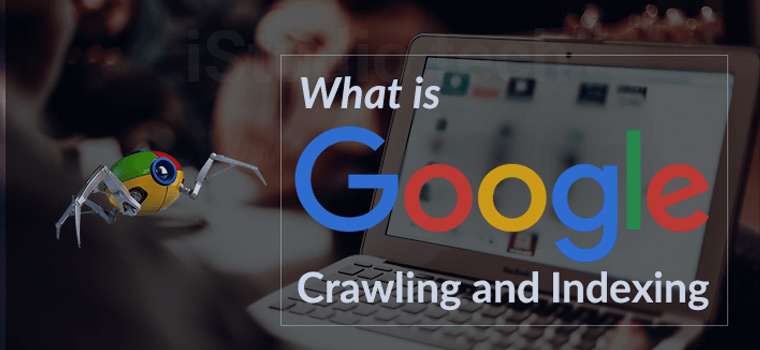Introduction
Featured phones need to have a special transcoder for web content. Many website do not provide WAP/WML content due to these developments Google has made several changes on how phone content should be crawled. These changes include; leaving the Googlebot on the phone, the retiring feature –phone in the search and an introduction of the handheld link for dynamic serving the phone content. These are some new things that Google has come up with. Though many people are confused, but they should be stay ignorant on this. Google Changes in Crawling and Indexing for a better site performance.
Removal of Keywords
In the days of internet and ecommerce on the mobile phone, the content keyword is the only way to access the content. In addition, many Google users were confused with the listed keywords; given these reasons the Google has come up with retire feature of the content keywords. This is to accurate understand what the website is all about.
The use of Rich Cards:
Google launched Rich Cards for Recipes and Movies; this is a new way of presenting previews of the content by the site owners on the search result page. Google is also expanding the new verticals for online courses and Local restaurants that are based in the US. Rich Cards attracts more users to engage to your page. Many users can swipe through recommended restaurants from travelling sites like Thrills, Trip Advisor, Eater, LinkedIn and many more. If anyone has a restaurant that contains online courses or restaurant information, he or she should use developer docs to begin building Rich Cards.
Building Indexable Web Applications:
PWAs are taking advantage of the developing technologies bringing best and new mobile sites and local applications to the users. Historically, websites would normally generate the HTML on the server which is the easiest way to ensure the content is linked directly. This application popularizes and updates the content without reloading. Google server PWA is a pure rendering server-side option, while hybrid PWA is a collective approach.
Developing Iteratively:
The question that many people have asked is why Google has to develop the iteratively option. The main reason is to make changes iteratively, and create safe paths when adding features to your website apps.
If anyone adds features to the websites he or she is able to observe the reaction of each individual feature. When developing iterative changes, consider breaking the changes into two different ways. For example, if you want to shift from the hybrid rendering to the server-side then tackle, every iteration not combining with other features. Equally, the approaches have cons and pros. Iterating makes it easier to deal with search indexability because the transition is continuous. The disadvantage of using iteration is, it may make the development process become slower and less innovative if the renovative process is not beginning from the scratch. Adding new features incrementally on your website is the best practice. Keep in mind good is a search engine you cannot ignore as a webmaster and you want all the possible help form it and hence you website should be google friendly.



